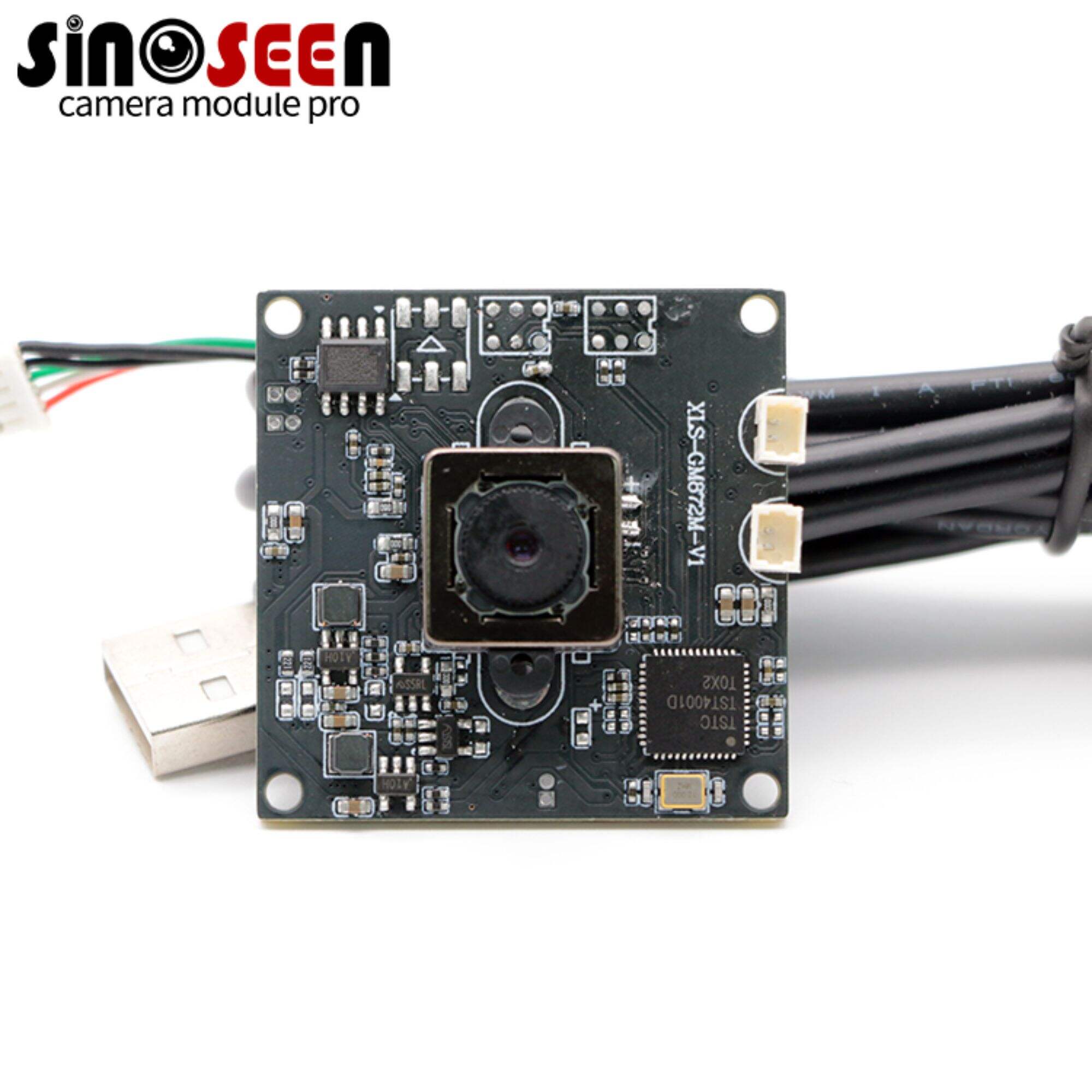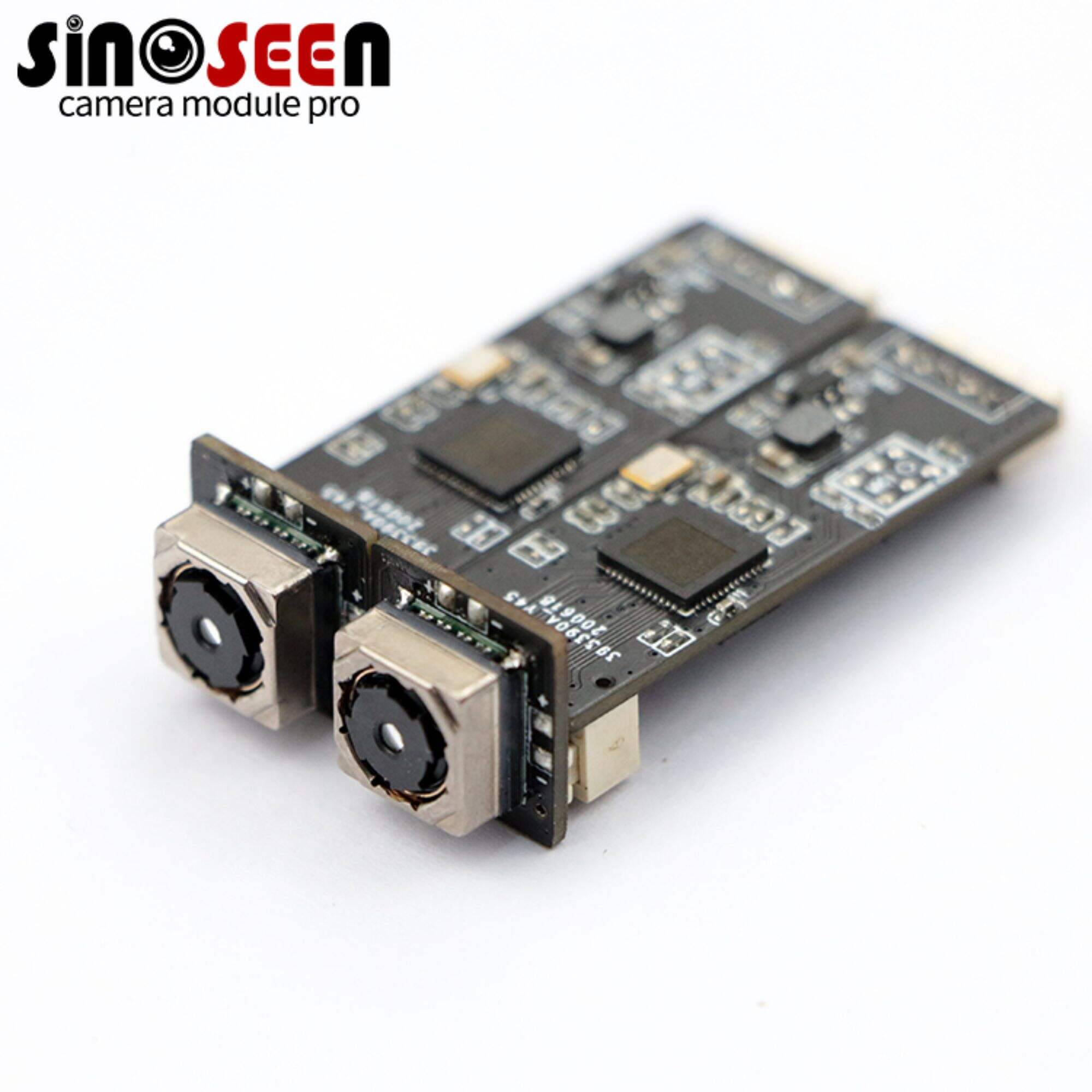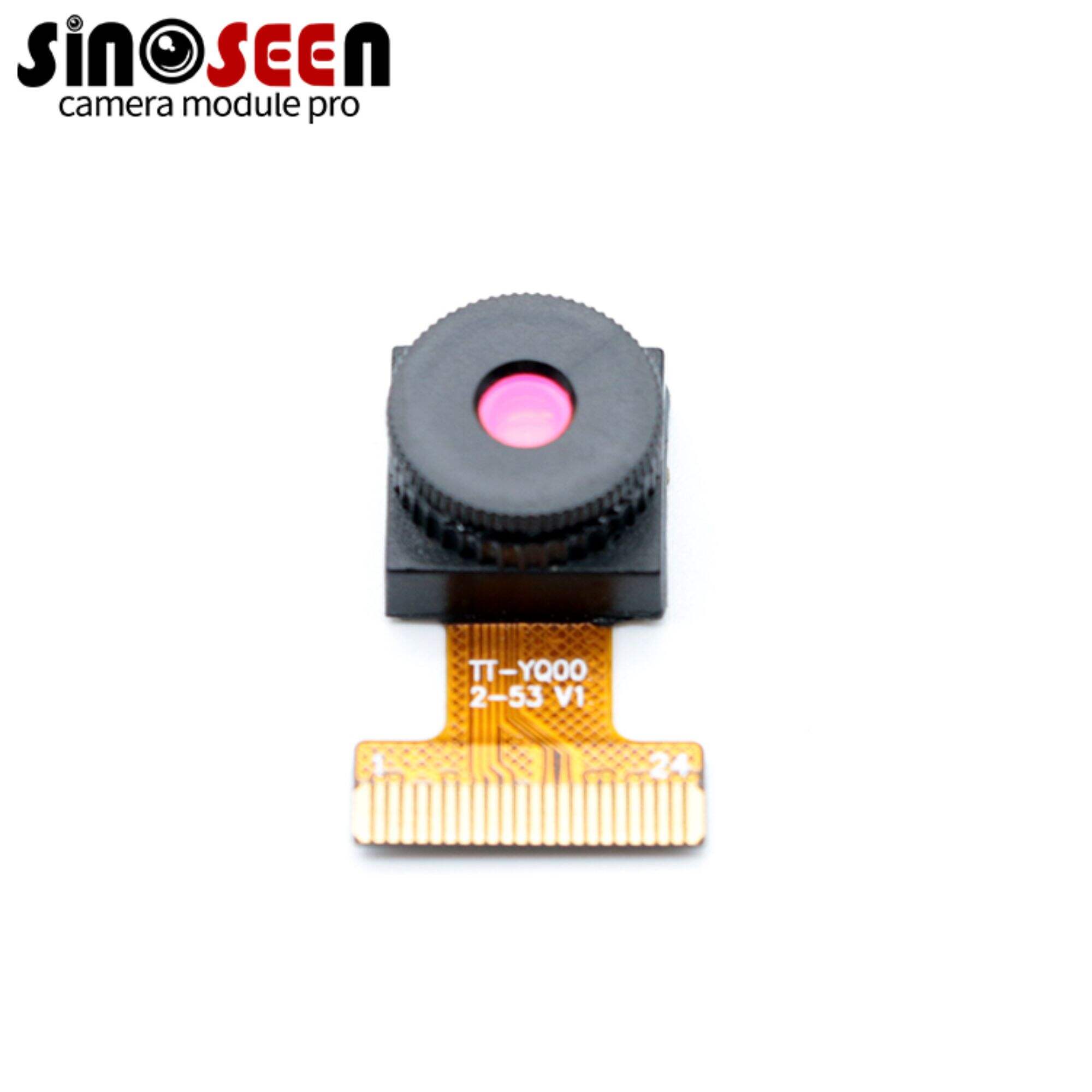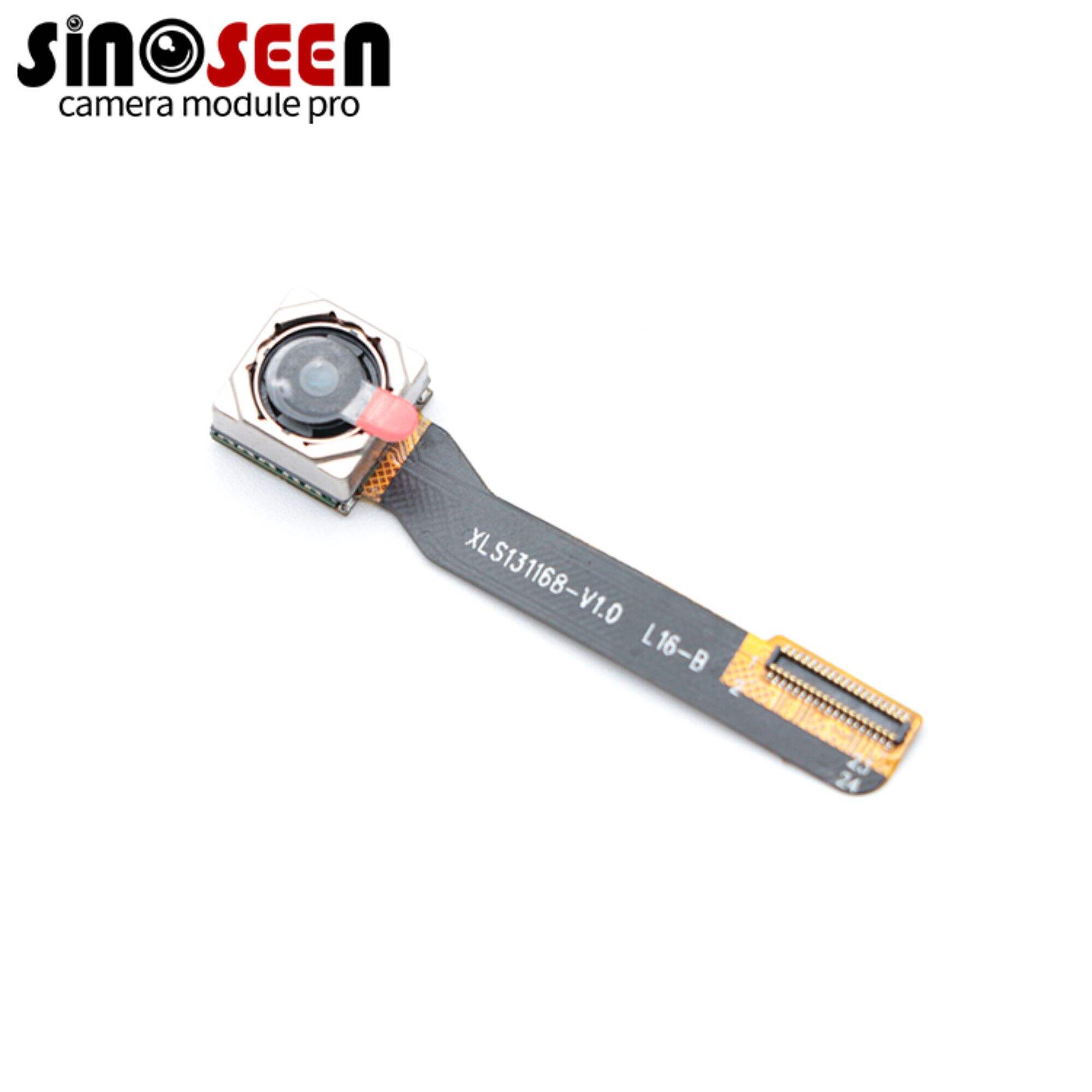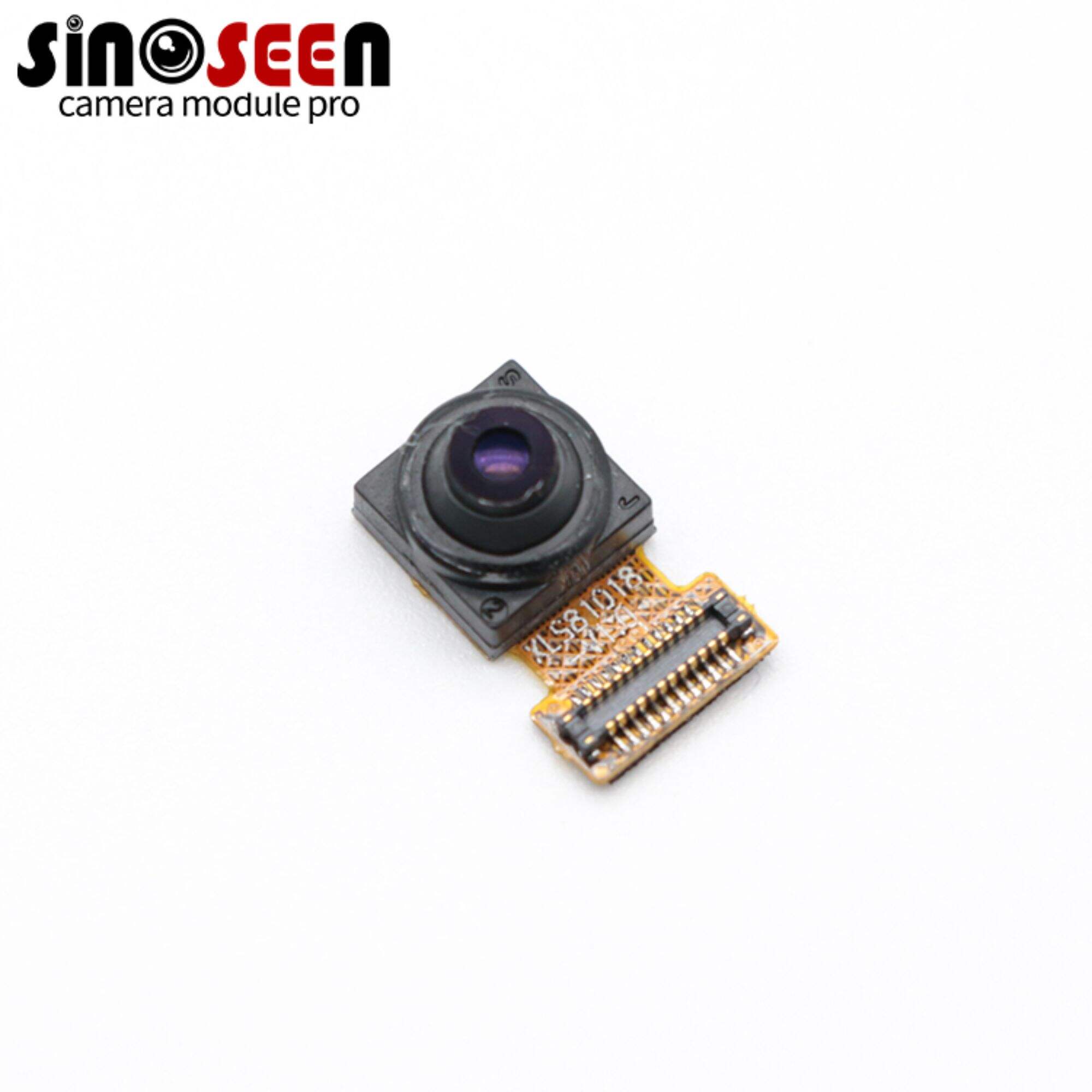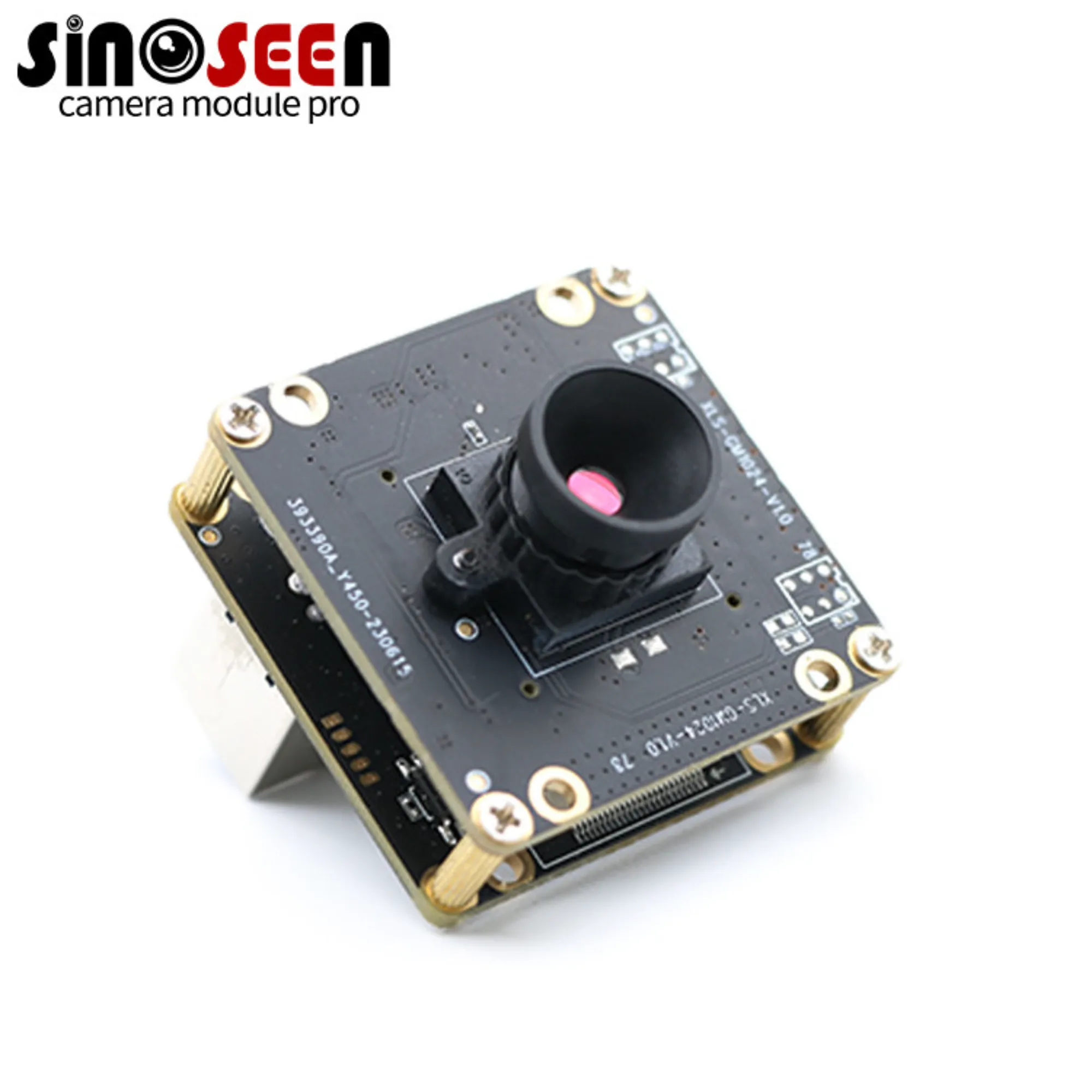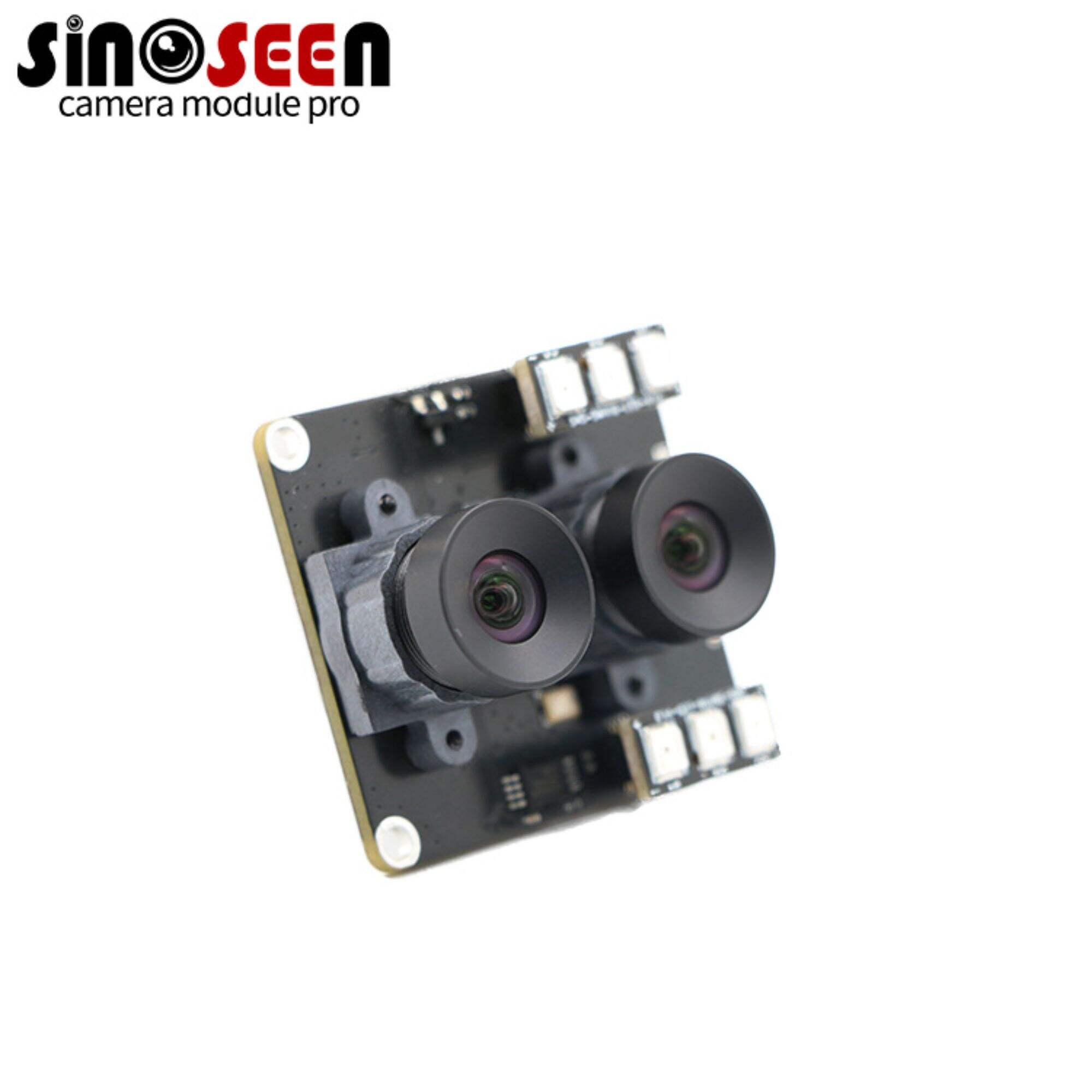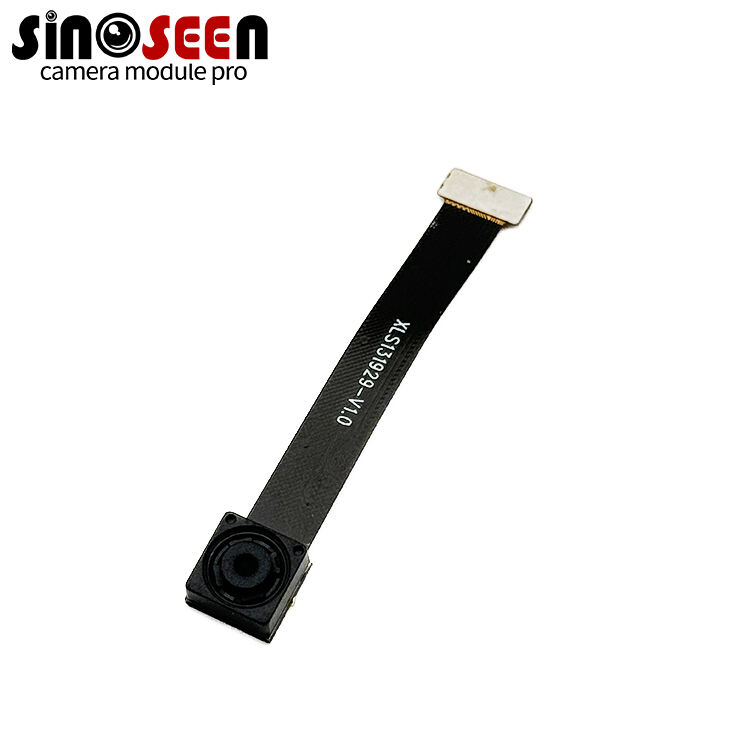Mastering the Four Basic Functions of Camera: The Road to Becoming a Professional Photographer
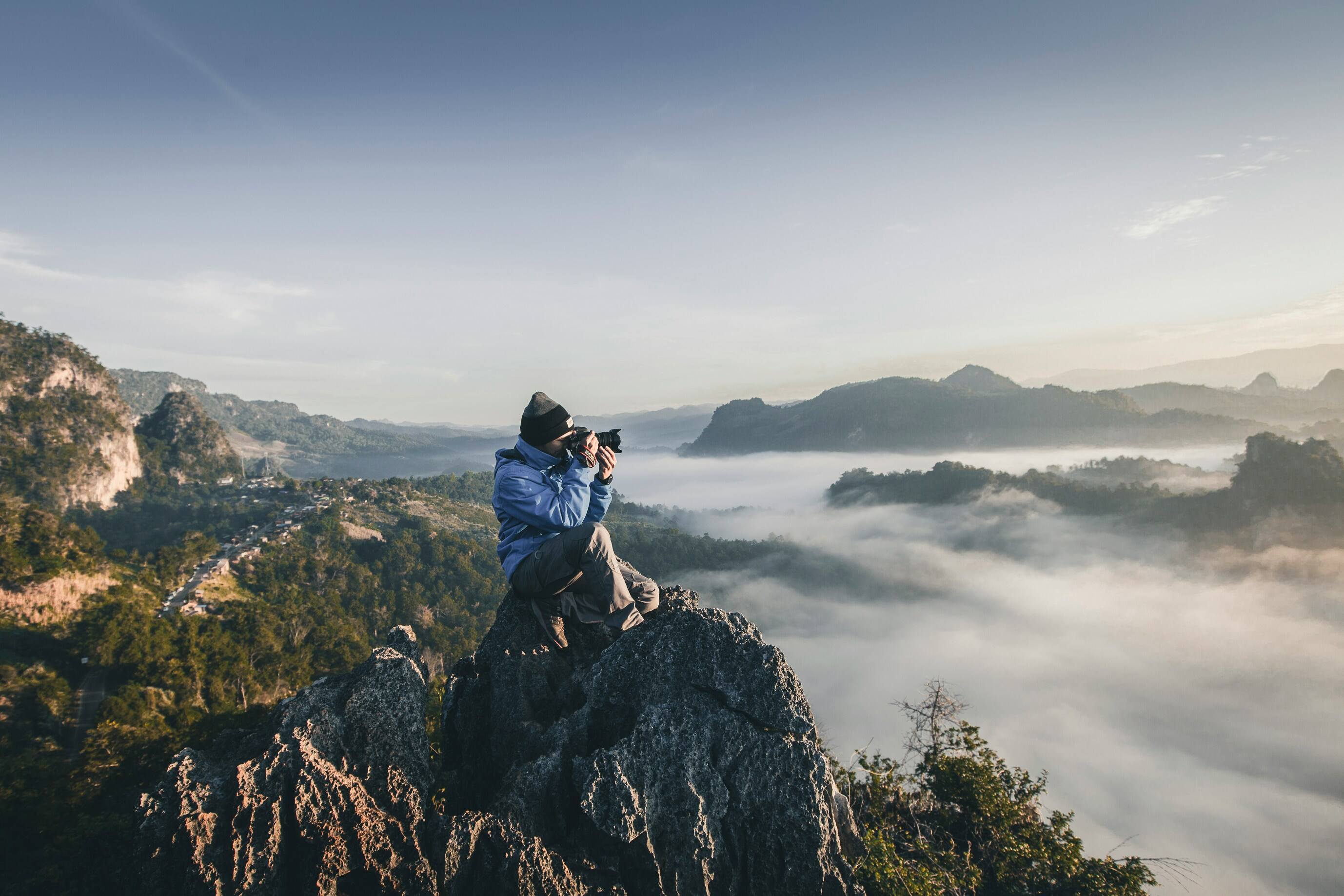
When you get behind a camera and are ready to catch that beautiful moment, do you ever think about how to take artsy or more technical photographs? Pressing the shutter is not all there is to photography. You must know certain basic camera functions to improve your shooting. Today we will explore four key functionalities of the camera that will enable you to take that first significant step on your journey towards becoming a photographer.
1 Exposure Triangle: Aperture, Shutter Speed , and ISO
1.1 Aperture
The aperture controls the amount of light that enters into the camera. The smaller the aperture (such as f/2.8), the wider it opens and allows more light in; this results in a blurred background effect and vice versa for larger apertures (such as f/16) meaning that they only let very little light inside hence greater depth of focus).
1.2 Shutter Speed
Shutter speed refers to how long one takes to open up his or her digital camera shutters to allow some light inside it. Quick shutter speeds slow down moving objects like 1000th seconds while slow ones produce a motion blur effect such as 1 second.
1.3 ISO Sensitivity
The ISO value shows how sensitive the camera sensor is to light. These low ISOs like ISO 100 work best in well-lit places where noise is minimal; on the contrary, these higher ISOs like ISO 3200 suit dark locations though come along with increased noise.
2 Focus Mode: Capture Every Moment Clearly
2.1 Autofocus
Autofocus helps photographers capture sharp images by automatically adjusting lens focus through sensors placed within cameras. Most modern cameras feature single-point focus mode, multi-point focus mode, and finally continuous autofocus to cater to various shooting requirements.
2.2 Manual Focus
The camera lens focuses by turning the focus ring manually, and this is especially useful for macro photography or when shooting at night due to greater focusing accuracy.
3 White Balance: Restore True Colors
3.1 Auto White Balance
Auto white balance allows the camera to adjust the color according to the color temperature of the present light source to make subjects appear natural. While it may be convenient, under certain mixed lights, it could be less accurate than needed.
3.2 Manual White Balance
Manual white balance enables a photographer to have manual control over the temperature of light about specific light sources; this is very important for shooting particular colors like those seen at sunsets or indoor lighting.
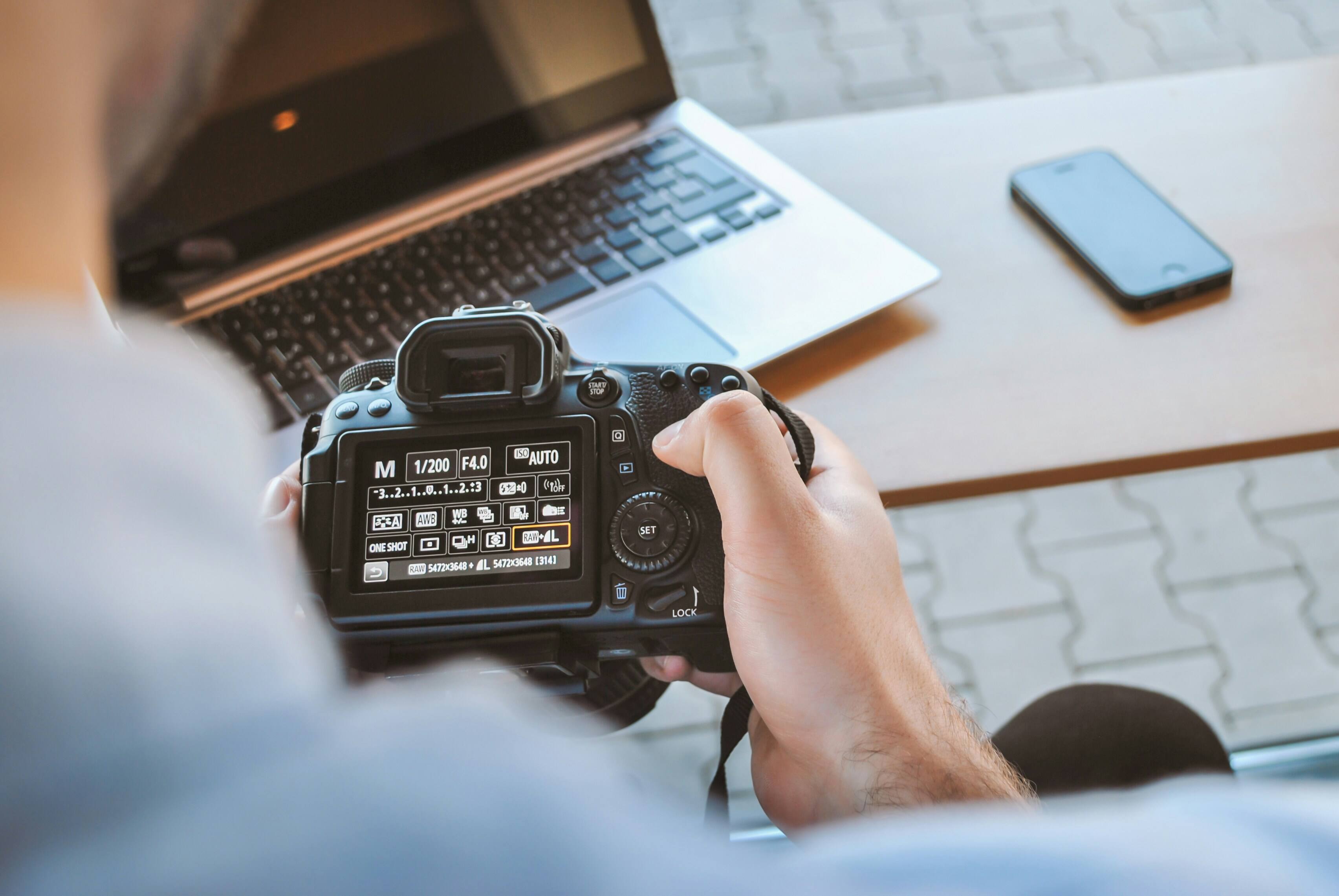
4 Shooting Mode: Adapt to Various Scenes
4.1 Program Mode
In program mode, you just need to select focus and composition while other settings such as aperture and shutter speed are automatically set for you. This is normally used for snapshot-taking and beginners.
4.2 Aperture Priority Mode
When using aperture priority mode, one can manually set his or her aperture whereas the camera will adjust the shutter speed itself. For example, it is ideal for portrait photography which requires control of depth of focus.
4.3 Shutter Priority Mode
Shutter priority implies having photographers choose their shutter speeds while cameras take charge of an appropriate aperture size; thus making them good for capturing motion scenes like sporting activities.
4.4 Manual Mode
The best choice for advanced photographers to show off their skills and inspiration is manual mode. It offers control over the aperture, shutter speed, and ISO.
Conclusion
For every photography enthusiast, the only way to become a professional photographer is by mastering the four basic functions of the camera which are exposure, focus, white balance, and shooting mode. Continual practice and exploration will enable you to make better use of these features resulting in more thrilling and imaginative images captured. Photography is not solely a technology but it’s also an art. Let each click sound as evidence of your creating something new.

 EN
EN
 AR
AR
 DA
DA
 NL
NL
 FI
FI
 FR
FR
 DE
DE
 EL
EL
 HI
HI
 IT
IT
 JA
JA
 KO
KO
 NO
NO
 PL
PL
 PT
PT
 RO
RO
 RU
RU
 ES
ES
 SV
SV
 TL
TL
 IW
IW
 ID
ID
 SR
SR
 VI
VI
 HU
HU
 TH
TH
 TR
TR
 FA
FA
 MS
MS
 IS
IS
 AZ
AZ
 UR
UR
 BN
BN
 HA
HA
 LO
LO
 MR
MR
 MN
MN
 PA
PA
 MY
MY
 SD
SD


